On June 9, the Radio Frequency Department (Ministry of Information and Communications) organized a technical competition on radio station positioning. Mr. Le Van Tuan, Director of the Radio Frequency Department, said that the competition had 10 teams from units under the Radio Frequency Department and this year, in particular, the Department of Technical Services - Ministry of Public Security and the Department of Electronic Warfare - Ministry of National Defense also participated.
The challenge for the participating teams was to find the source of interference located in Hanoi . The team that found the source of interference the fastest and evaluated it correctly would win the prize. The final result was that the Radio Frequency Center of Region VII won the first prize of the competition.

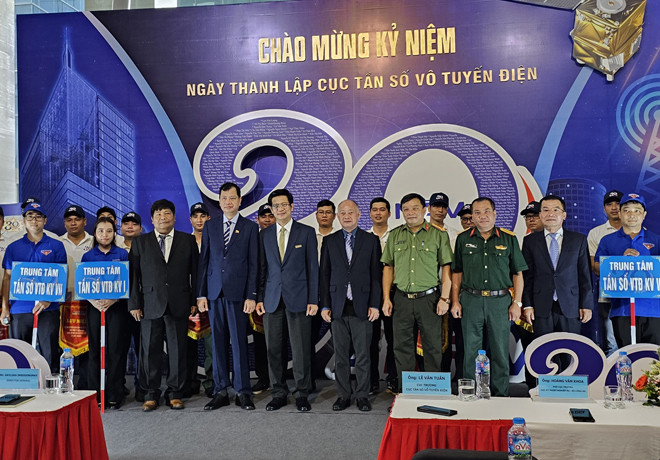
Speaking at the opening ceremony of the competition, Mr. Tran Manh Tuan, Deputy Director of the Radio Frequency Department, Head of the Organizing Committee of the sports festival, said that June 8, 2023 marks the 30th anniversary of the establishment of the Radio Frequency Department (June 8, 1993 - June 8, 2023). During that journey, the Radio Frequency Department received close coordination and enthusiastic support from relevant domestic units, especially relevant units under the Ministry of National Defense and the Ministry of Public Security. The Radio Frequency Department also received enthusiastic and sincere coordination and cooperation from international friends, international organizations, and radio frequency management agencies of countries, including the Radio Frequency Department - Lao People's Democratic Republic, the Post and Telecommunications Department - Republic of the Union of Myanmar.
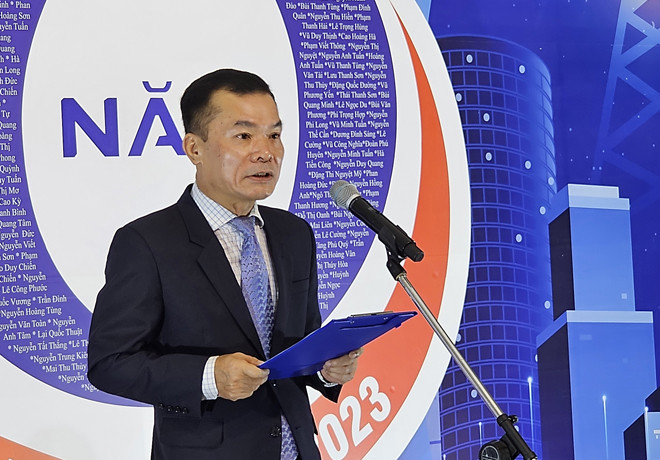
“With that concern, coordination and mutual assistance, the Radio Frequency Department has continuously developed and become increasingly stronger, meeting the requirements of state management of radio frequencies in Vietnam and international cooperation and integration in radio frequencies over the past 30 years,” said Mr. Tran Manh Tuan.
According to Mr. Tran Manh Tuan, frequency control must be done regularly and continuously to keep up with the development of technology. It is a shift from analog technology to digital technology. Previously it was narrowband, now it is wideband. Previously it was low frequency, now it is expanding to higher frequencies. Previously it was high capacity, now it is a trend of smaller capacity.
“Frequency control is carried out at each control station, and the data collection and processing are discrete, so digital transformation, data application, artificial intelligence, etc. are required. Therefore, every five years, on the occasion of the Radio Frequency Department's birthday, the Department organizes a technical sports competition on frequency control, both to celebrate the birthday and to learn, gain experience and create motivation to compete so that frequency control work becomes better and more effective," said Mr. Tran Manh Tuan.
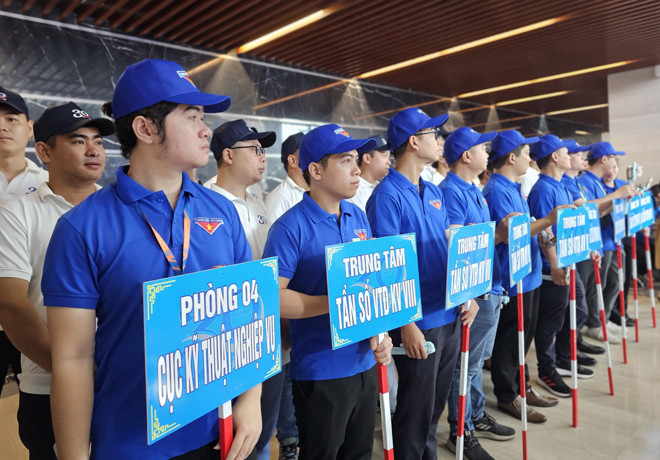


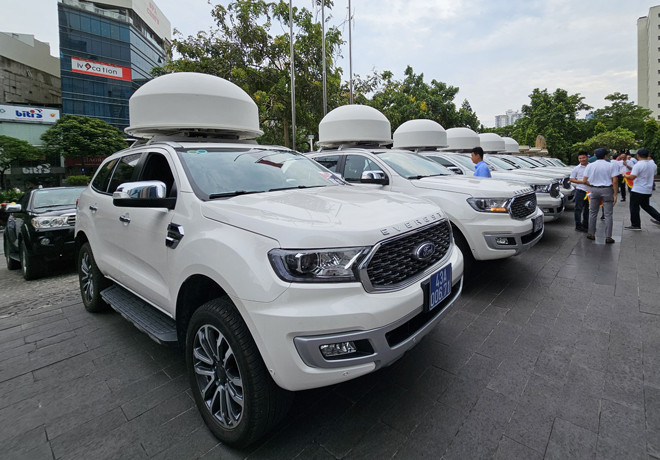
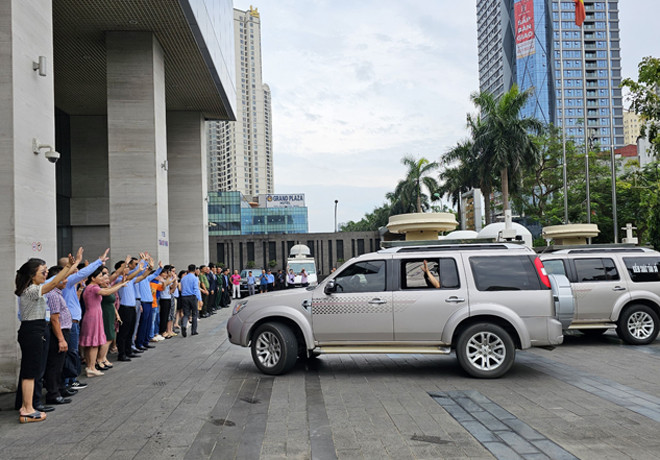
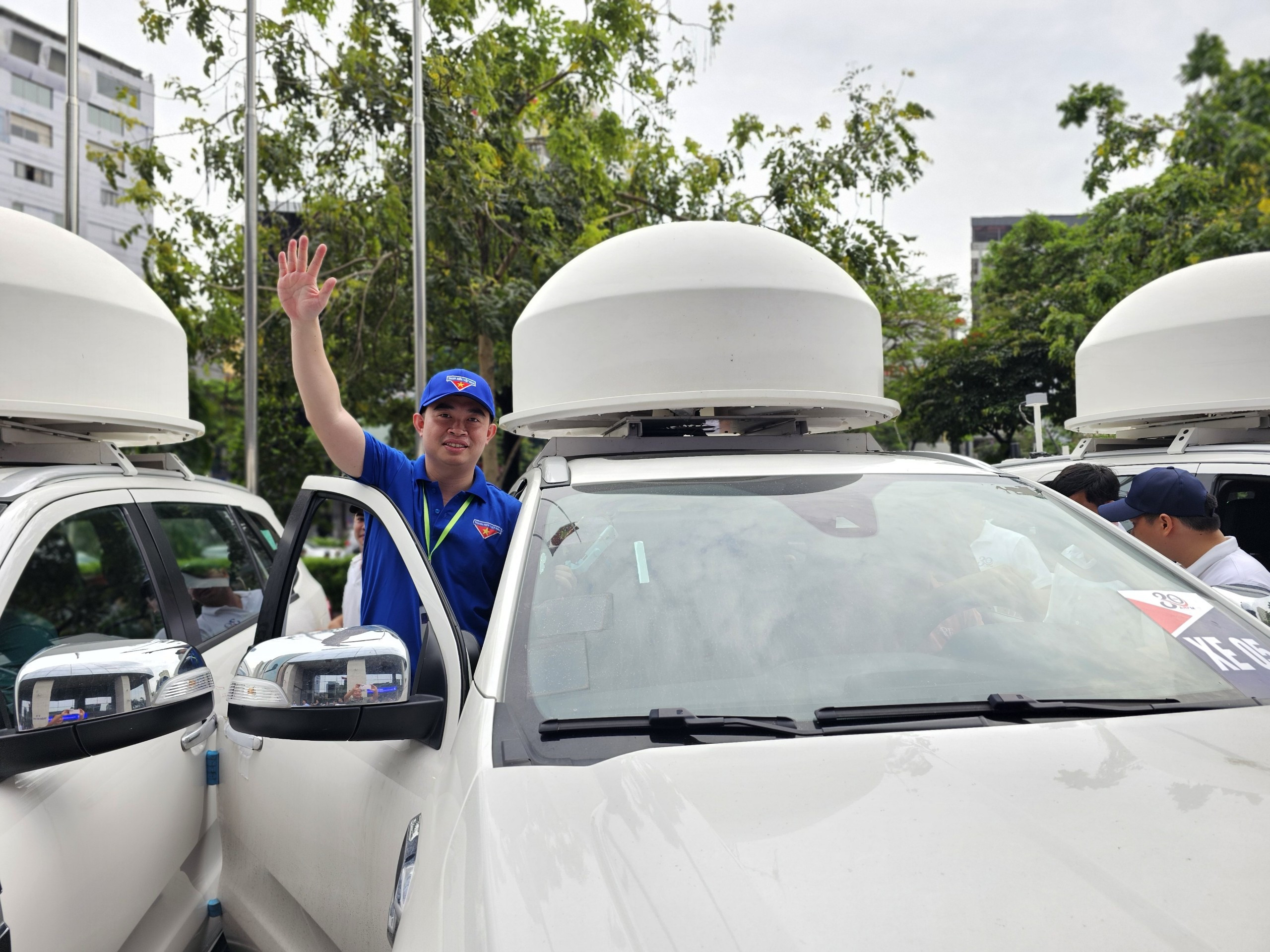

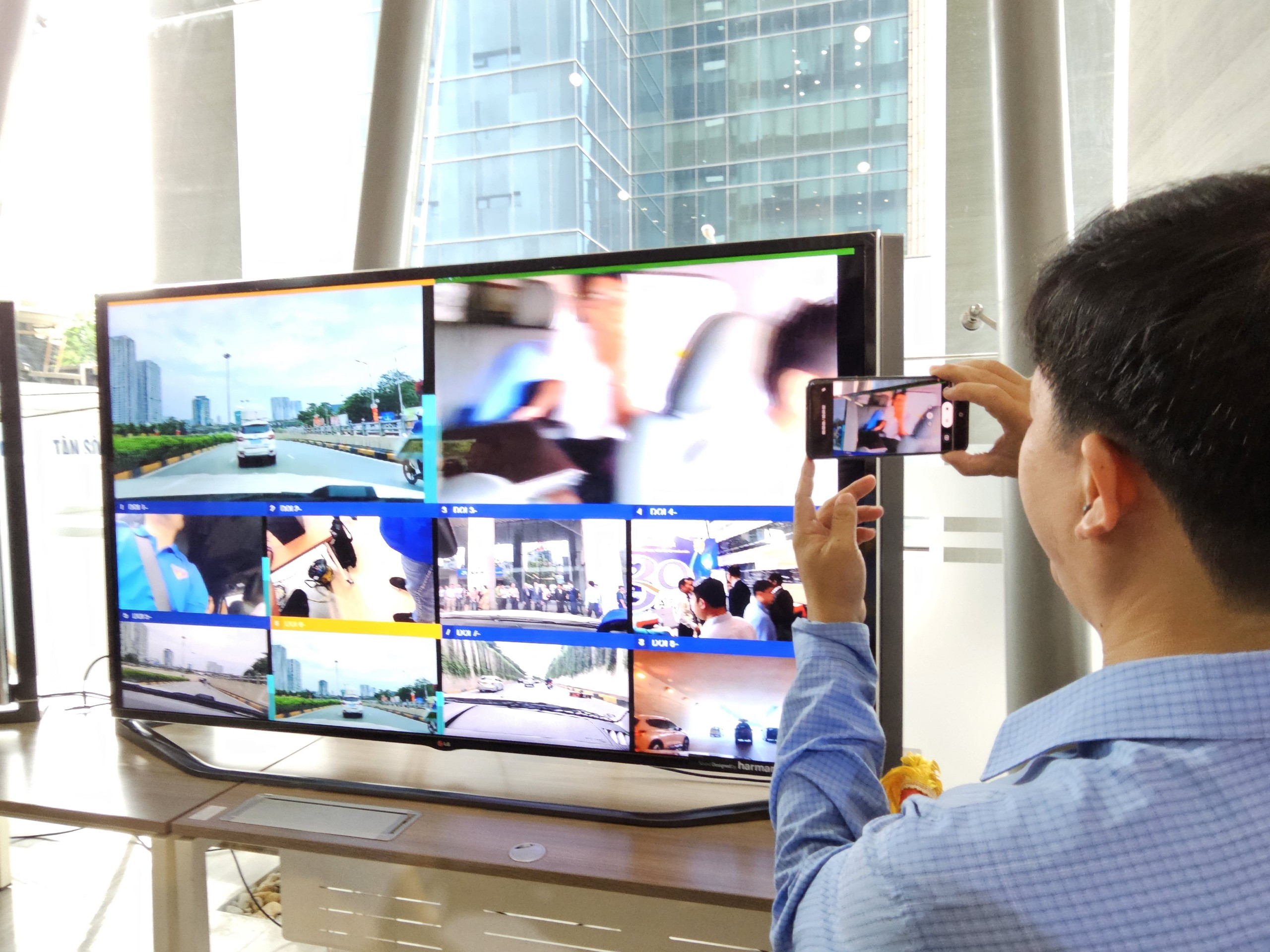

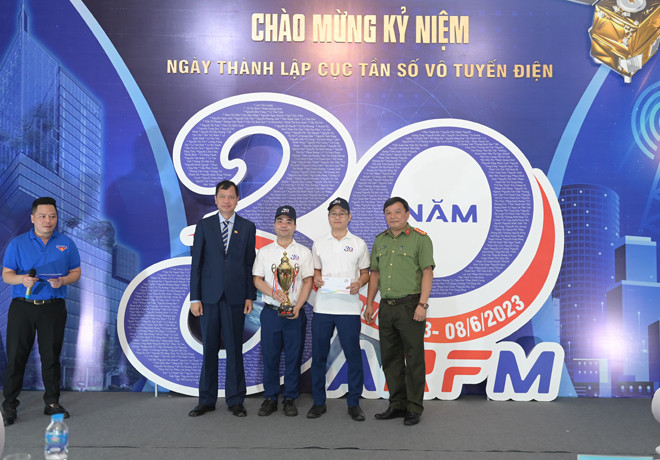

In 1959, the Government issued Decree No. 344/TTg on radio transmitter management and Decree No. 345/TTg on radio frequency management. Along with that, radio frequency management organizations were formed and operated in accordance with the requirements of each period of national construction and development.
- Before 1978, radio frequency management was assigned to Station C19 under the Main Electricity Department; since 1978, it has been the Main Electricity Department.
- In October 1982, the Radio Frequency Center under the General Department of Posts was established.
- In 1985, the Radio Frequency Center was divided into two parts: the Frequency Management Department under the Main Electricity Department and the Control Station under the Hanoi Post and Telegraph Company.
- In May 1989, the National Center for Radio Frequency Control under the General Department of Posts was established; in 1991, it was renamed the National Center for Frequency Management under the Ministry of Transport and Posts.
In the early 90s, radio communications in the world in general and in Vietnam in particular had a very strong development. In particular, second generation cellular mobile communications (2G) were widely deployed in the world and began to be used in Vietnam. That development context raised many new issues regarding radio frequency management, especially Vietnam needed a state management agency that was large and modern enough to effectively manage and use the country's frequency spectrum resources. In response to that requirement, on June 8, 1993, the General Director of the General Department of Posts and Telecommunications signed and issued Decision No. 494/QD-TCBD to establish the Radio Frequency Department.
The 30-year achievements of the Radio Frequency Department have proven that the establishment of the Radio Frequency Department is a change in thinking and vision of the Government and the Postal sector at that time on radio frequency management, in line with the general international trend, anticipating the development of radio information in Vietnam, contributing to promoting the opening of the telecommunications market and international integration.
Source



![[Photo] Prime Minister Pham Minh Chinh chairs the meeting of the Government Party Committee Standing Committee](https://vstatic.vietnam.vn/vietnam/resource/IMAGE/2025/8/23/8e94aa3d26424d1ab1528c3e4bbacc45)


![[Photo] General Secretary To Lam attends the 80th Anniversary of the Cultural Sector's Traditional Day](https://vstatic.vietnam.vn/vietnam/resource/IMAGE/2025/8/23/7a88e6b58502490aa153adf8f0eec2b2)


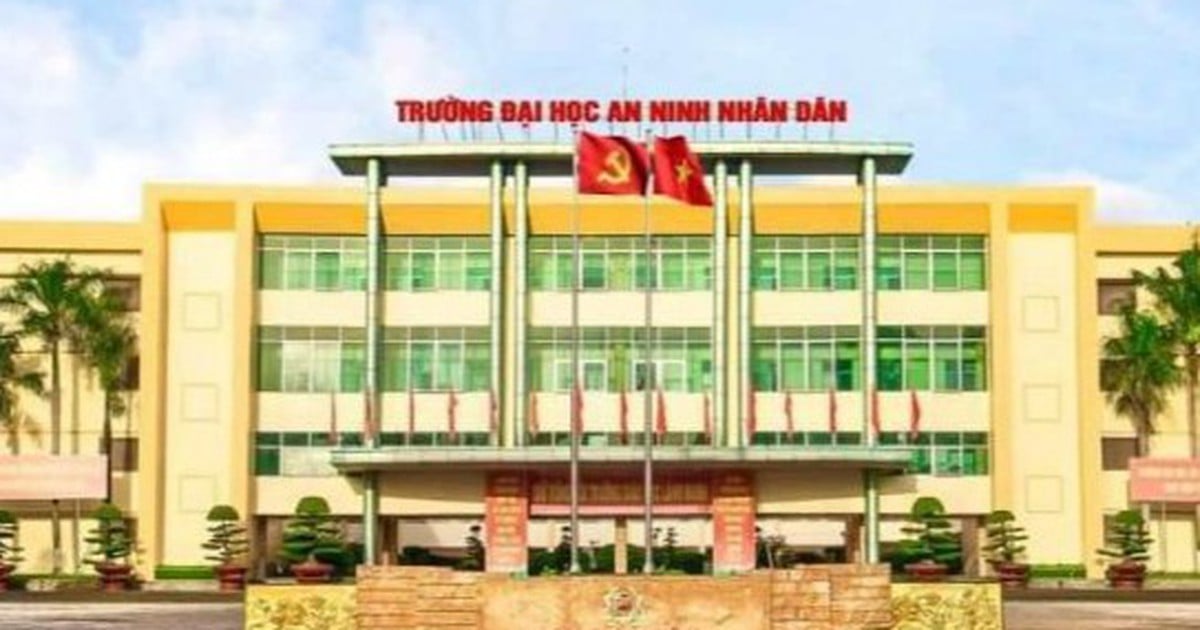



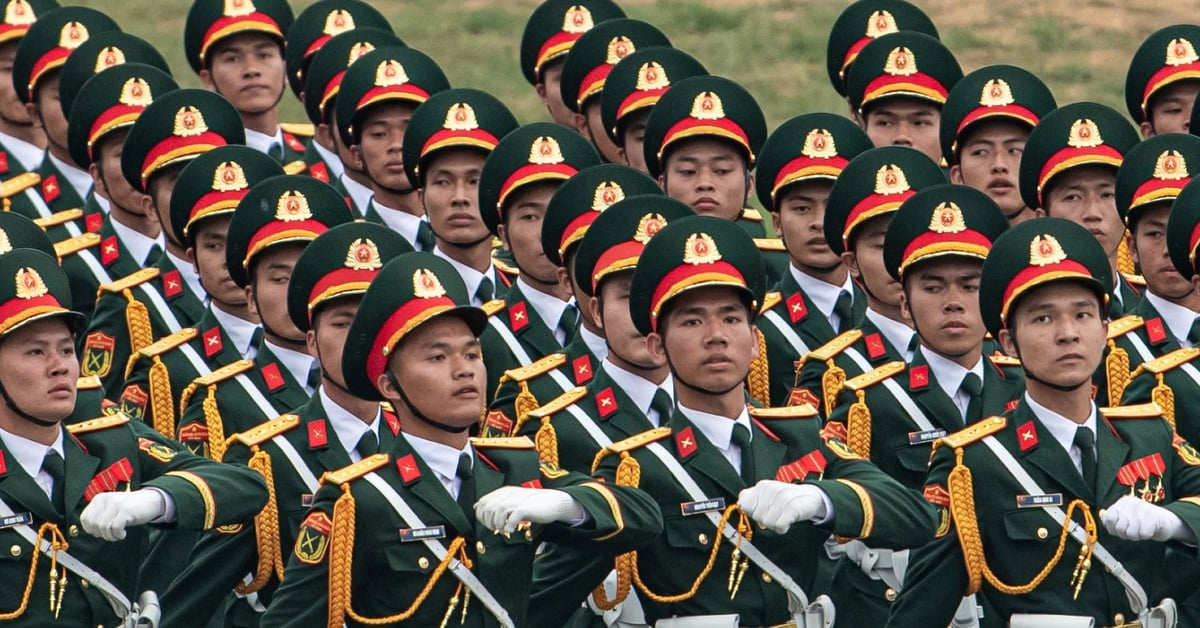
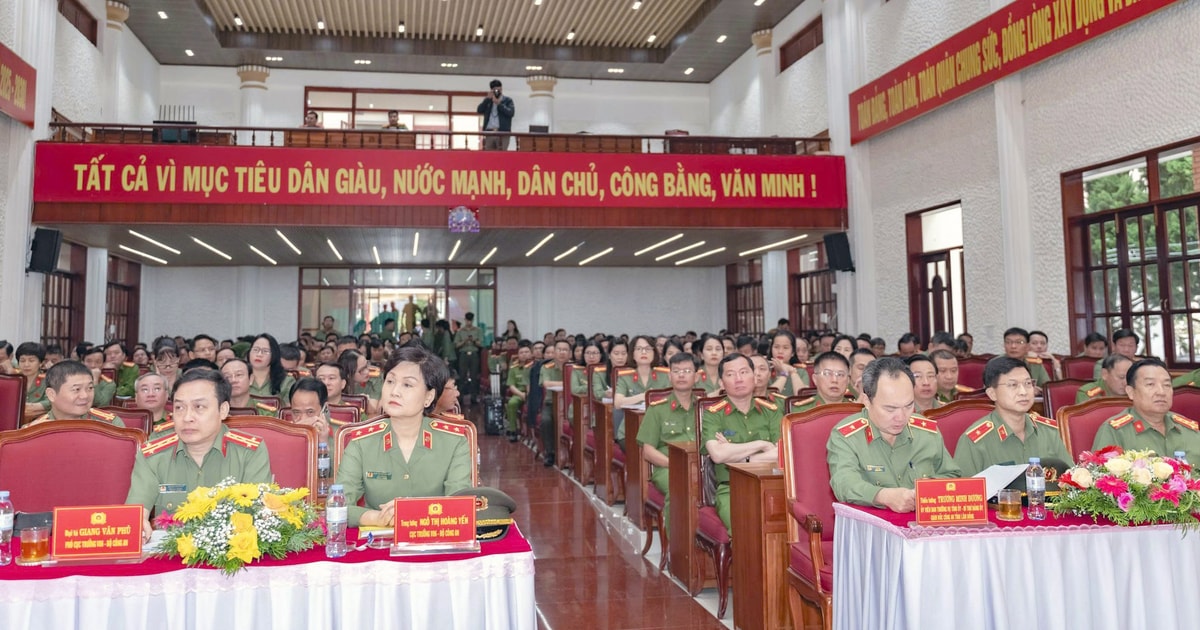

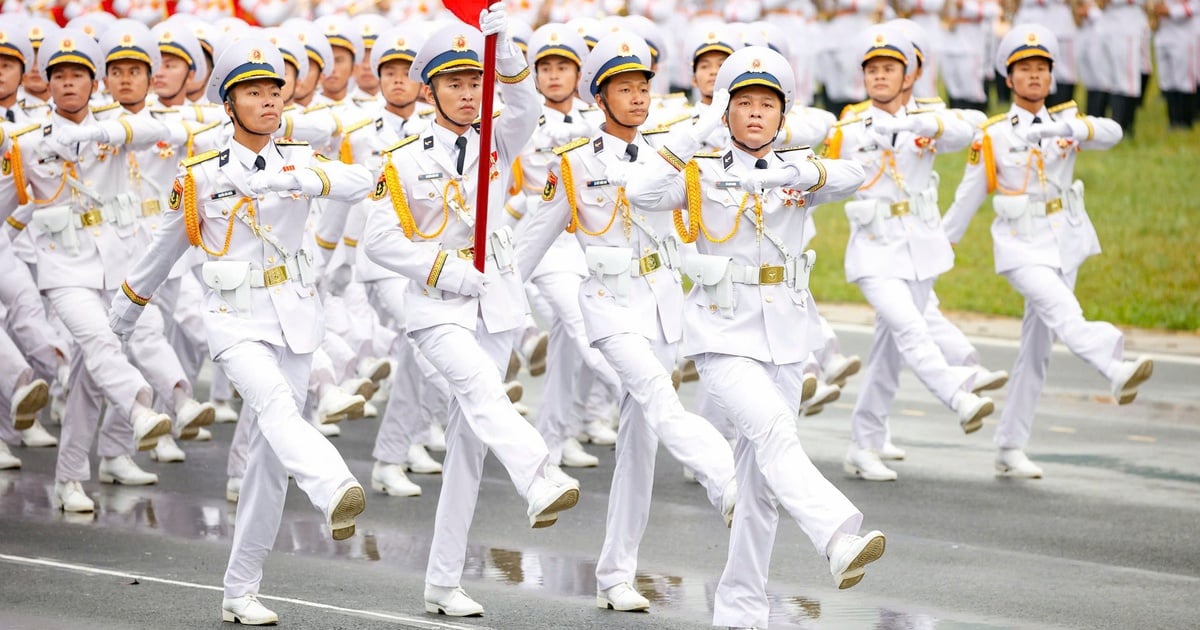
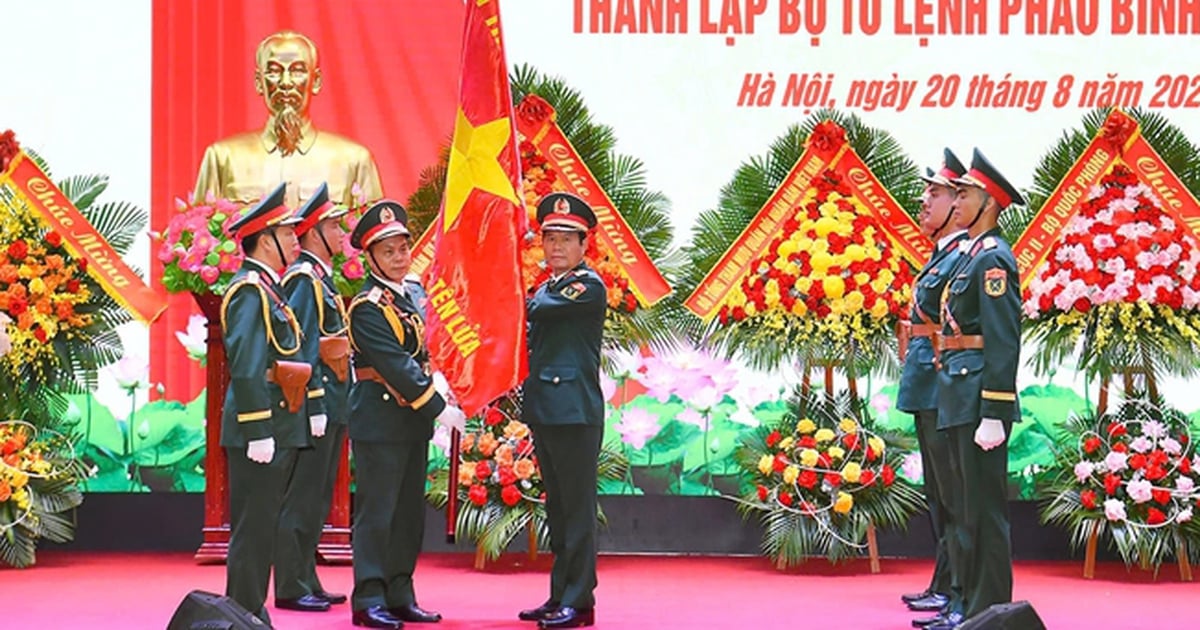




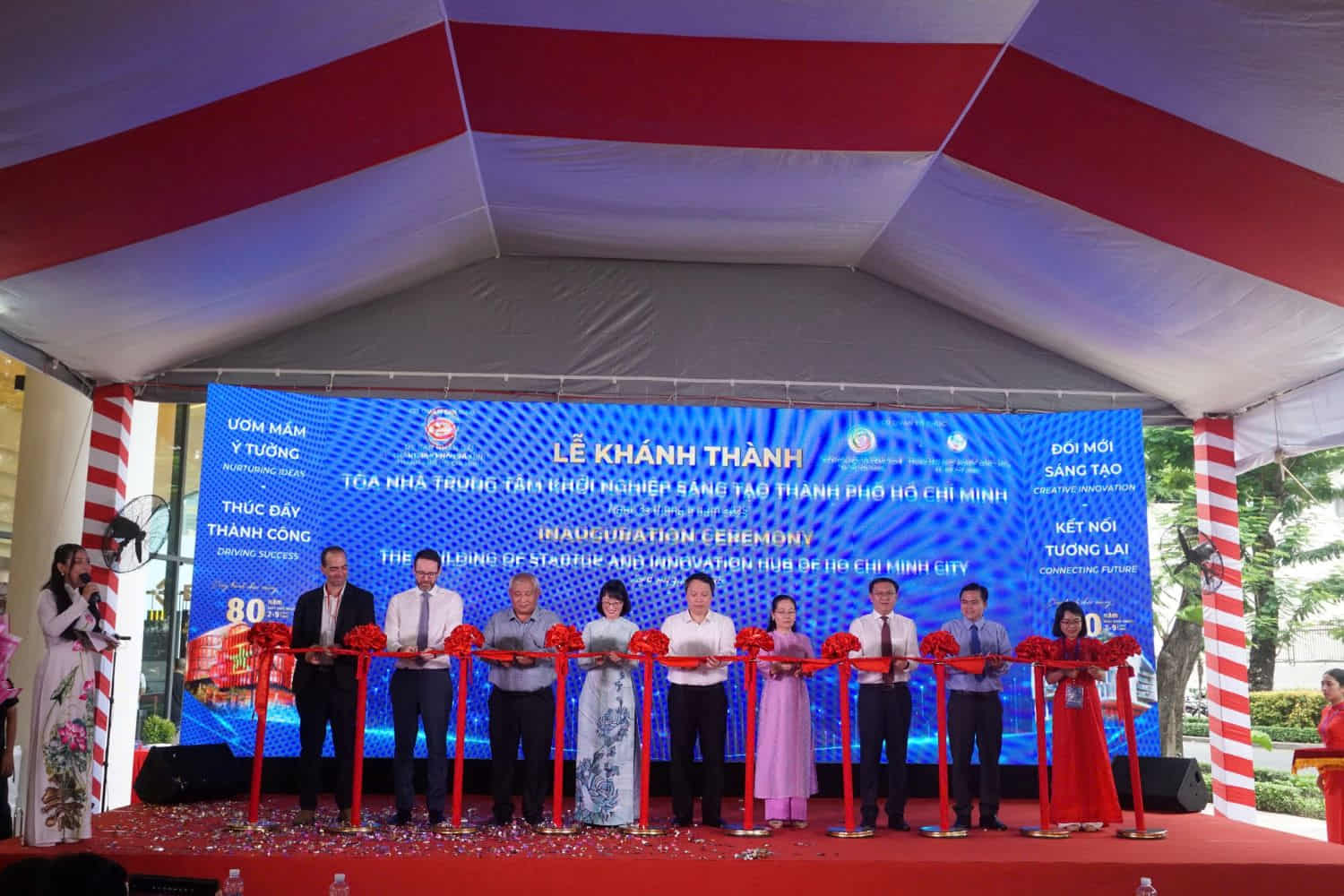
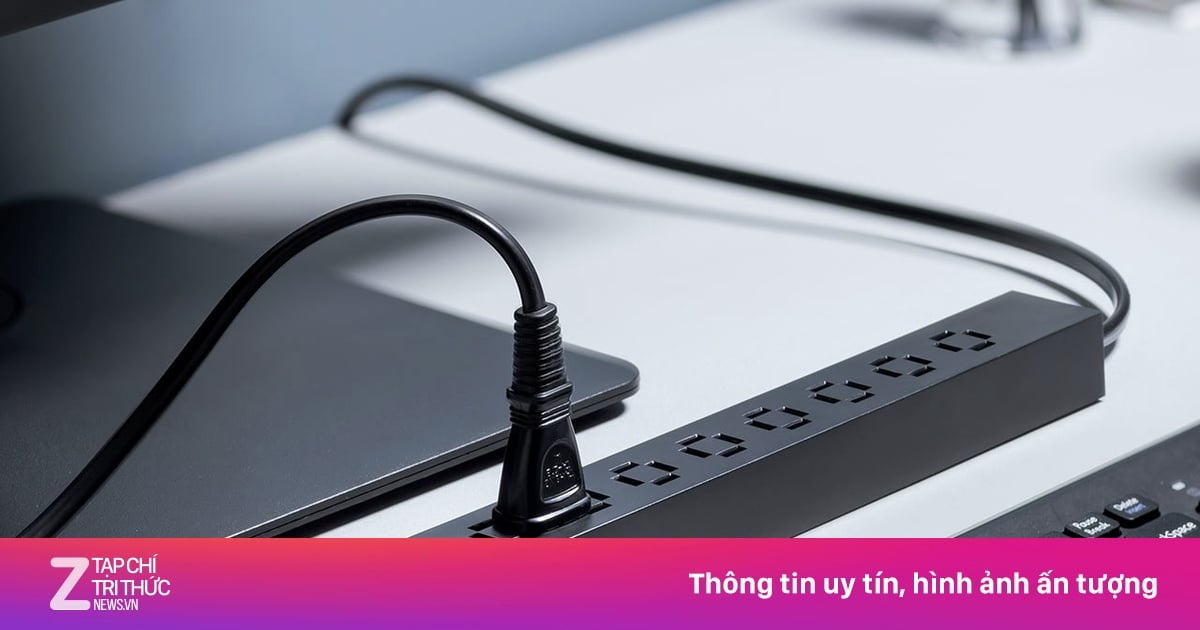


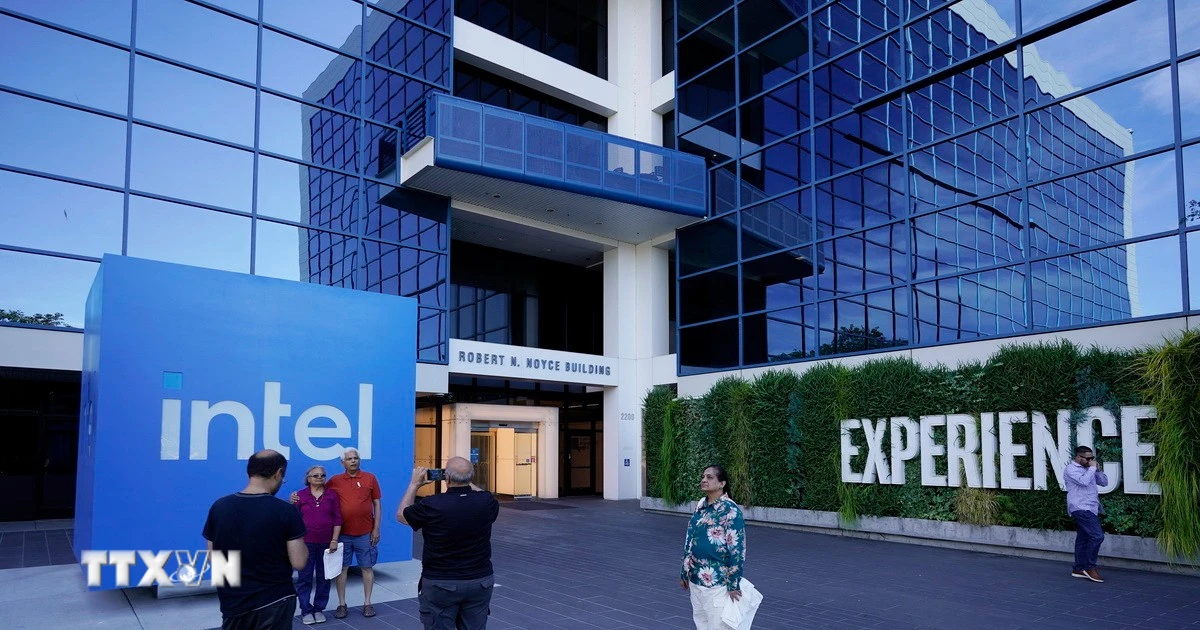





















































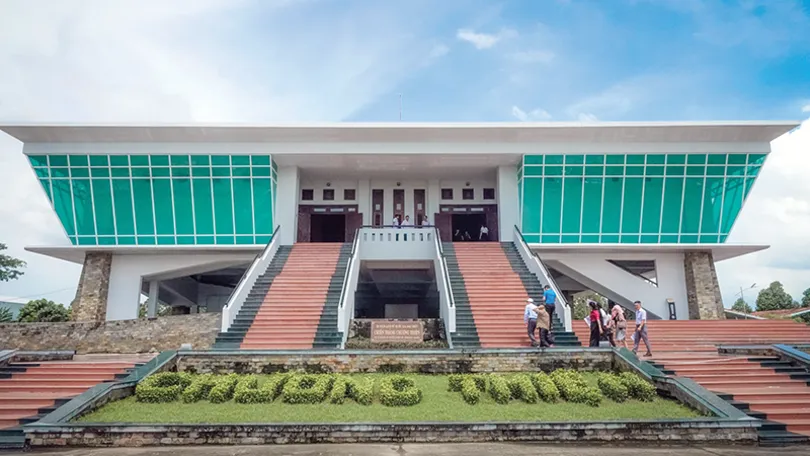



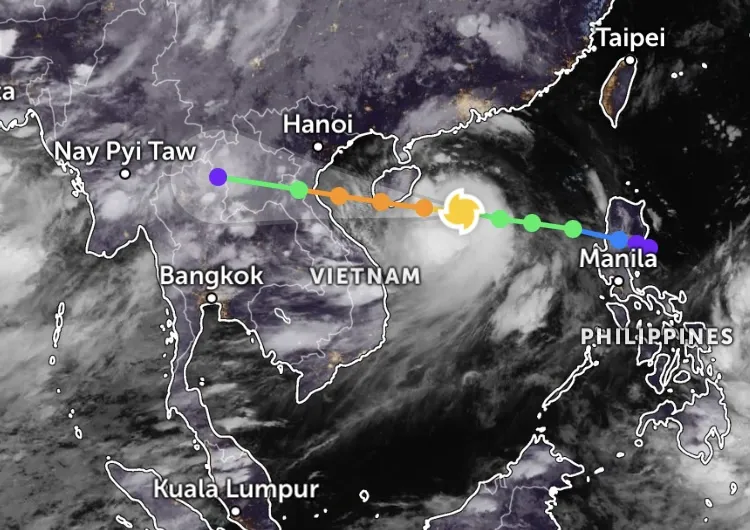
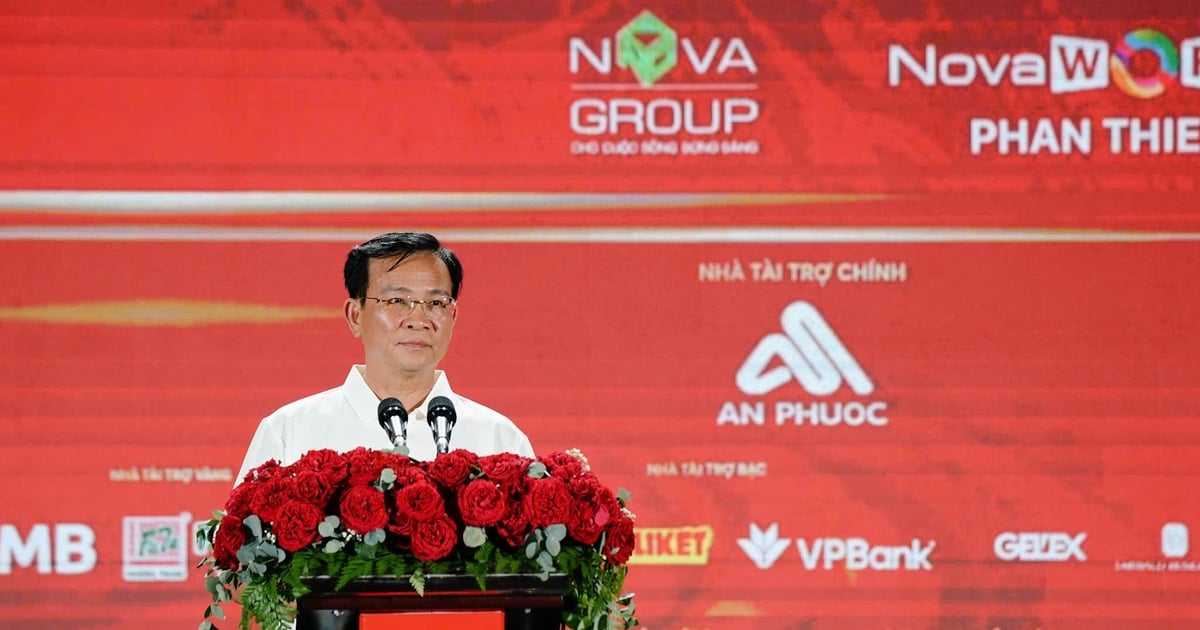















Comment (0)